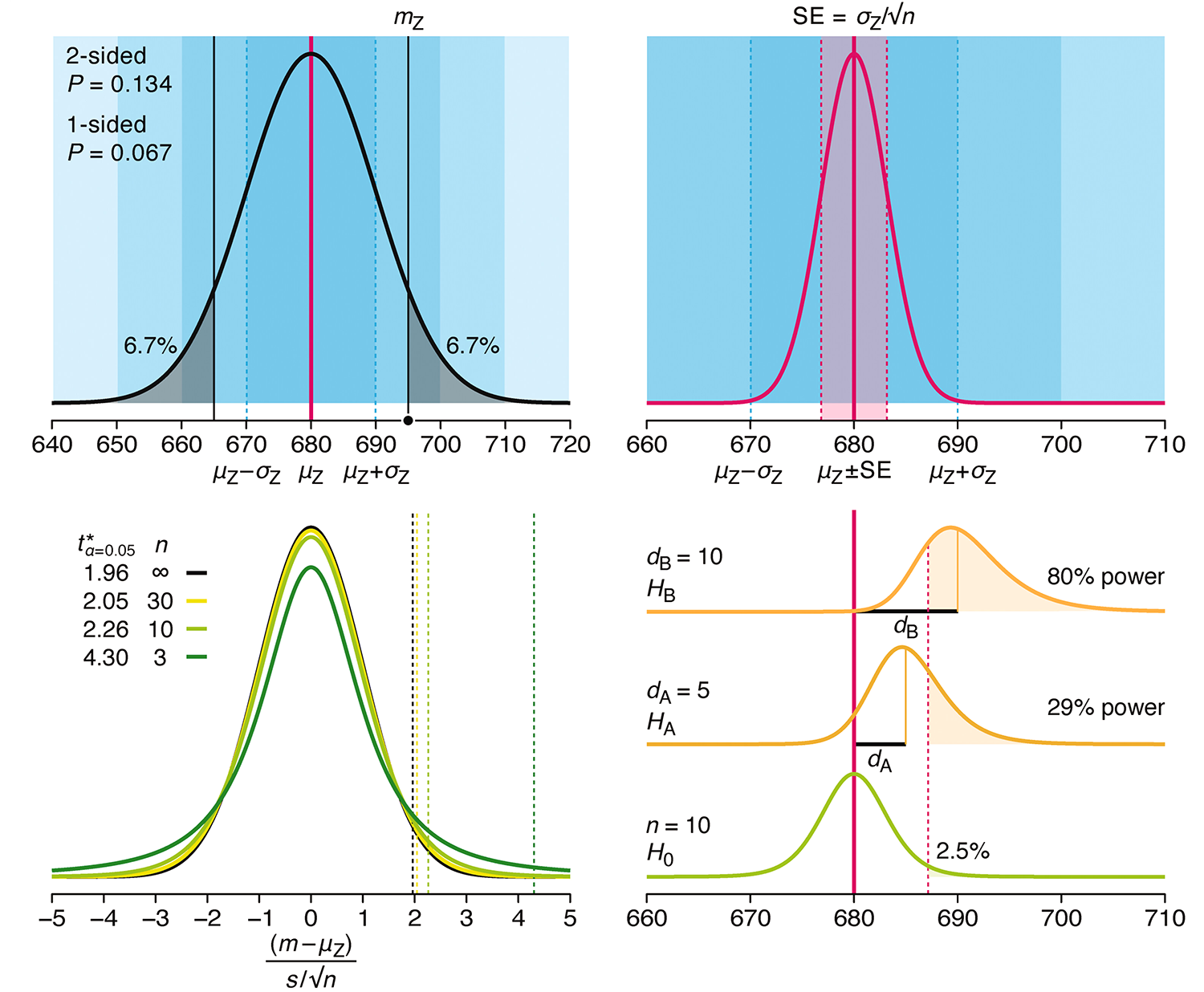#googlemapschallenge
The Google Maps Challenge — Longest Google Maps Driving Routes
contents
- 1 · The challenges
- 2 · Current records
- 3 · Updates to Google Maps
- 4 · Change for the worse
- 5 · Novelties, notions, blind spots
- 5.1 · No more kayak routes
- 5.2 · Going to South Africa?
- 5.3 · Darién Gap
- 5.4 · Other Google data munging and visualizations
- 5.5 · Mobile users
- 6 · Starting points
- 7 · Terminus station
- 8 · Challenge 1 — Longest leg
- 9 · Challenge 2 — Longest land route
- 10 · Challenge 3 — Longest land route with ferries
- 11 · Challenge 4 — Longest 3-point land route
Take a road trip to clear your mind. Take in a few sights and bring home a spoon or other collector's item.
According to Google Maps, how far could you go?
And the most pressing question: can you reach the sorrow at the world's end? Yes you can.
Each of the challenges below involves finding points A and B that yield the longest driving route in Google Maps. Each challenge has its own parameters, but certain rules apply to each challenge.
- the route A→B must be generated by the Google Maps algorithm—it cannot be manually adjusted
- the shorter of A→B and B→A must be used
- when multiple routes are available, the shortest must be used
- avoid highways and avoid tolls options must be off, except for the 3-point route challenge
- the "no ferry" land route may include a ferry to cross a river or any ferry shorter than 10 km
- the 3-point route cannot double back along the same path at any point on the route
- the route must be generated by typing in the waypoints, not by dragging them
Updates to Google Maps are frequent and unannounced — most of the routes are now historical artefacts. These will be marked as defunct routes.
This topic has been previously discussed on xkcd forums.
Entries updated 8 Sep 2022. The link to the 3-point route does not work for me — you'll need to enter the waypoints manually.
As Google Maps updates the routing network, some of the old routes are no longer available, or significantly shorter. This maps challenge page may therefore be out of date.
Don't be surprised if links to old routes show a significantly different (shorter) distance (old and new distance will be shown), or point to a route that no longer exists (noted as defunct route).
historical Thanks to a route by Dean Sych, the 30,000 km limit has been broken again. And how! By over 3,600 km. Thanks Dean!
historicalPreviously, because of new routes through central Africa, route distances dropped by about 6,000 km. Whereas before routing avoided Congo and Algeria, they now go right through them. This made a lot of the 30,000+ km routes much shorter.
historical The longest route used to be 33,540 km from Quoin Point, South Africa to a dirt road in Indonesia. It starts with "Head northeast toward R317." and ends with "Turn left". After Malaysia, it's mostly ferries. Unfortunately, it's gone. Also, routing in Africa is now more optimized, shortening all the trips from south Africa.
historical (Paren' no longer available as a destination) | The 30,000 km limit has been broken by a route from Paren' to Pearly Beach. This was furthered by discovering the bizarrely remote Chimchememel', Russia (from Chimchememel' to Danger Point).
historical (Uelen still not accessible) | The next milestone for a route with ferries is 32,000 km. Unless you have the money to build a road to Uelen, this new limit is a significant challenge. Interested individuals should start digging immediately.
historical Many of the interesting past routes are now gone—the world is getting boring. This fun 191 hour drive from Portugal to Malaysia, shown below, is no longer available. Too bad. Stop off in Turkey to go to the bathroom. Pick up a few aluminum centrifuge tubes from Iran, too. That sounds like fun.
The details of the routing algorithm is the epitome of Rumsfeld's unknown unknown. It used to be that Portugal to Malaysia was a very doable and relaxing 8 day drive at 15,787 km. And you managed to avoid China.

Later, the route included China but excludes Iran. Apparently, we're no longer on driving terms with Iran. If you want to go from Lisbon to Singapore, you no longer need your Iran for Dummies book.
Nevertheless, the updated routing was longer and burned more gas. Prius C drivers with advanced road endurance skills need apply. You know who you are.

If you play with routes in Google Maps you'll quickly notice that some parts of the world do not appear to be connected to the smarts of the routing algorithm. For example, you cannot drive from Bejing to New Delhi (As of 31 Aug 2015 this is no longer true. A 5,559 km route exists). These holes in the driving fabric pose a challenge in finding long routes.
historical Google's subtle humour can be found everywhere (though apparently not anymore, since kayaking has been removed from maps and replaced by decidedly un-funny flight routes), such as in step 9 of this Seattle to Hawaii route, which states "Kayak across the Pacific Ocean — 4,436 km". If you have endurance training, you might wish to continue kayaking to Tokyo, for another 6,243 km. For the purpose of this challenge, kayaking is not allowed.
These examples amply demonstrate that the internet was created by people with humor and is used largely by people without it. I say this because the kayak option has been removed. Doubtlessly because someone tried it, got hurt and the litigation lawyers got involved. It's always been the case that the 1% ruins it for the 99% of us.
South Africa's Quoin Point is (or was, depending on the current routing) a common starting point for many of the routes. I'll have to visit this place next time I'm in South Africa and perhaps start driving north.
Some time ago, I recieved a note from Charlie Kelly who wrote to thank me for inspiring him to put together a list of what to do in South Africa. There's also Jenn's list of 100 Things to do in South Africa—she won't be upset if you just do 2 or 3.
No routes from North to South America exist because of this boggy marsh.
If you are interested in visualization and information, explore my global visualization of Google searches by language and find out where in the US people are searching in Chinese.
For the morbidly curious, of interest might be all the really stupid questions people ask Google.
Google Maps routes linked to from this page do not appear to work on iPhone's Safari browser (I have not tested iPad or iPod). A "driving direction not found" error appears. Rest assured, these routes do exist, and can be viewed on a browser on a PC or Mac. Weird.
The routes below are the current answers to the challenge. Do you have a better (longer!) route? Let me know.


Talon is at the end of R481, which goes from Magadan to Talon. This road forks off the P-504 which runs for about 2,000 km from Manday to Magadan.


Thanks to James Robertson for finding this exhausting 2,121 km single leg trip. It's a route along Australia's National Highway between Kathernine Hot Springs (or alterinatively Katherine Funeral Services and (2,121 km later) a fork in the road that splits into the NW Coastal Highway.
I'm sad to see that the route no longer includes Magadan, known as the sorrow at the world's end, which figured prominently as a destination in many of the routes.
On the upside, this route is so long that "Your destination is in a different time zone". Depending on which way you drive, this might save you an hour.

historical What happens when you get to the end of the route? You get a much deserved rest stop. Hilarious Aussie humor at its best. As of 7 Sep 2022,


The route now includes "slight left" as a step 1,440 km into the trip. While this technically breaks the longest leg condition, if you look closely, this is actually an incorrect cue. The road continues to the right and a slight left takes you into a construction zone where the bridge isn't complete (at the time the photo was taken). Make sure you bring a bin to Desmond's Parking Bay — and leave it there.






The longest Google Maps route that uses no ferries (or has a ferry that is < 10km) takes us from Sagres in Portugal to Talon in Russia. This route is so long that it goes beyond Magadan, affectionately known to be the sorrow at world's end. Thanks to Pieter Vandromme for submitting this route.







The longest Google Maps A–B route that uses ferries. The ferry distance cannot be more than 25% of the entire trip.
This is the mother of all routes — from one furthest place to another furthest place. The Southern Tip of Africa to Talon.
Talon is an interesting place. It is a “rural locality” with population 13 (as of 2016). Wikipedia indicates that “There is 1 street”. Yup, the one we're taking! It is also beyond the sorrow at world's end, which is Magadan.
When I explore this route, sometimes Google Maps returns an error that the route cannot be calculated and the route link does not work. You may need to enter the start and destination manually.












The 3-point route must be constructed by typing in the waypoints, not dragging them. No part of the route can double back on itself.
Thanks to Nico Tsaousis for suggesting the format of this challenge. Nico came up with the first entry (see v1 route below), a 31,377 km (at the time) route from an Unnamed Road in South Africa to Magadan via Norway.
The current longest route in this category is a 39,679 km trip from a hospital in Arkhangelskaya Oblast via Kota Pozzi in South Africa to Talon in Russia.
Google's shortcut link to a 3-point route does not seem to work — a blank page is returned. You'll need to enter the addresses manually.






Beyond Belief Campaign BRCA Art
Fuelled by philanthropy, findings into the workings of BRCA1 and BRCA2 genes have led to groundbreaking research and lifesaving innovations to care for families facing cancer.
This set of 100 one-of-a-kind prints explore the structure of these genes. Each artwork is unique — if you put them all together, you get the full sequence of the BRCA1 and BRCA2 proteins.
Propensity score weighting
The needs of the many outweigh the needs of the few. —Mr. Spock (Star Trek II)
This month, we explore a related and powerful technique to address bias: propensity score weighting (PSW), which applies weights to each subject instead of matching (or discarding) them.

Kurz, C.F., Krzywinski, M. & Altman, N. (2025) Points of significance: Propensity score weighting. Nat. Methods 22:1–3.
Happy 2025 π Day—
TTCAGT: a sequence of digits
Celebrate π Day (March 14th) and sequence digits like its 1999. Let's call some peaks.

Crafting 10 Years of Statistics Explanations: Points of Significance
I don’t have good luck in the match points. —Rafael Nadal, Spanish tennis player
Points of Significance is an ongoing series of short articles about statistics in Nature Methods that started in 2013. Its aim is to provide clear explanations of essential concepts in statistics for a nonspecialist audience. The articles favor heuristic explanations and make extensive use of simulated examples and graphical explanations, while maintaining mathematical rigor.
Topics range from basic, but often misunderstood, such as uncertainty and P-values, to relatively advanced, but often neglected, such as the error-in-variables problem and the curse of dimensionality. More recent articles have focused on timely topics such as modeling of epidemics, machine learning, and neural networks.
In this article, we discuss the evolution of topics and details behind some of the story arcs, our approach to crafting statistical explanations and narratives, and our use of figures and numerical simulations as props for building understanding.

Altman, N. & Krzywinski, M. (2025) Crafting 10 Years of Statistics Explanations: Points of Significance. Annual Review of Statistics and Its Application 12:69–87.
Propensity score matching
I don’t have good luck in the match points. —Rafael Nadal, Spanish tennis player
In many experimental designs, we need to keep in mind the possibility of confounding variables, which may give rise to bias in the estimate of the treatment effect.

If the control and experimental groups aren't matched (or, roughly, similar enough), this bias can arise.
Sometimes this can be dealt with by randomizing, which on average can balance this effect out. When randomization is not possible, propensity score matching is an excellent strategy to match control and experimental groups.
Kurz, C.F., Krzywinski, M. & Altman, N. (2024) Points of significance: Propensity score matching. Nat. Methods 21:1770–1772.
Understanding p-values and significance
P-values combined with estimates of effect size are used to assess the importance of experimental results. However, their interpretation can be invalidated by selection bias when testing multiple hypotheses, fitting multiple models or even informally selecting results that seem interesting after observing the data.
We offer an introduction to principled uses of p-values (targeted at the non-specialist) and identify questionable practices to be avoided.

Altman, N. & Krzywinski, M. (2024) Understanding p-values and significance. Laboratory Animals 58:443–446.


